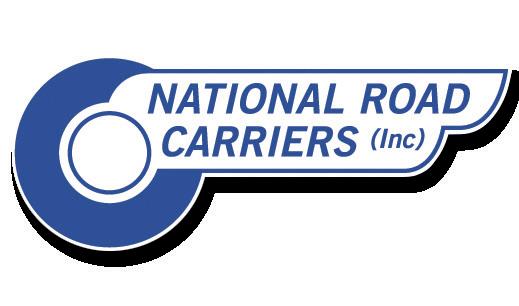
3 minute read
National Road Carriers Association
GETTING REAL ABOUT FLEET ELECTRIFICATION

By James Smith, COO, of National Road Carriers Association
James Smith
AMID THE WELTER OF CLIMATE CHANGE AND EMISSION
reduction initiatives and targets currently swirling around Aotearoa, one that hasn’t had much attention is the goal of 30% heavy transport fleet electrification by 2030.
That’s only seven years away – and approaching faster than you think. Ten years further on, the target is for 100% of all new sales of heavy vehicles to be electric.
What are we doing in the interim to be ready for these requirements? On the global stage, truck developers and manufacturers are well advanced in creating electric vehicles to replace our short-haul diesel fleets. It’s great to see, for example, the influx of FUSO’s eCanter and E-Trucks’ range of battery-swap, 100%-electric trucks into the country to set the ball rolling.
It’s also reassuring to see infrastructural work underway by Hiringa Refuelling, the TR Group, Waitomo and others to provide other fleet decarbonisation options for our bigger, long-haul trucks using sustainable biofuels and hydrogen. The Hiringa initiative will see hydrogen refuelling stations built at Wiri, Ruakura, Palmerston North and Tauriko and part of a plan to achieve 95% coverage in the North Island and ultimately (by 2030) a national hydrogen refuelling system.
But electrifying our truck fleets is not just about the trucks being available. You need to be able to charge an electric vehicle, and currently the infrastructure to do so for trucks is far from ready. Charging an e-truck calls for special charging facilities, which need to be located where the power is available and can be delivered effectively without turning all the lights and machinery off in the immediate vicinity. The wattage available in many locations isn’t up to the demand.
Reaching the targets is achievable, but the industry needs reassurance there is a plan in place to upgrade our national infrastructure to enable our trucks to charge up as they work their way around the nation.
What is that infrastructural technology? Where will it be required? When will it be required? And who will pay for and install it? Transport operators need to know now where the national grid will be able to deliver the power to charge many e-trucks at a time. If it can’t will you have to move your operations elsewhere where the power feed can do the job? We can’t afford to dither on those sorts of potentially costly and disruptive decisions.
To its credit, Transpower is looking at what is required; their estimate is another 220MW of power added to the grid each year for 15 years to meet the expected demand arising from these targets.
But transport firms need to know now what that seven-year road plan looks like. What are the building blocks? How will fleet operators be involved? How can the industry and vehicle manufacturers contribute to the discussion, and be part of the solution?
We believe a small working party be convened by the Ministry of Transport to examine the barriers to getting to 30% by 2030. That should comprise industry representatives, truck manufacturers, Transpower reps and relevant technology providers like battery developers. The brief would be to come up with solutions to enable a smooth programme of transition to partial e-fleets by 2030 and 100% e-replacements by 2040, but also explore the risks – and canvas ways to mitigate them.
Meantime, a grant fund should be identified or set up to enable those operators keen to move early to set up charging stations for their new e-vehicles. It would be a big boost for the sector if the Government was prepared to help establish the infrastructure – potentially through targeted funds like EECA’s Low Emission Transport Fund, which has already made grants for e-charging developments. T&D










